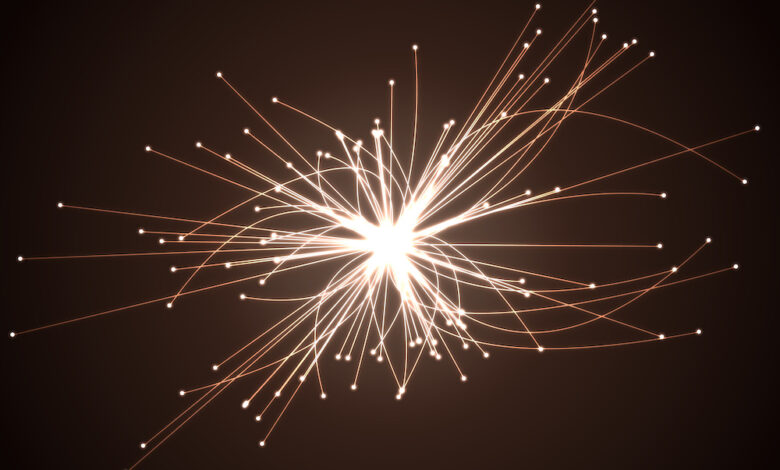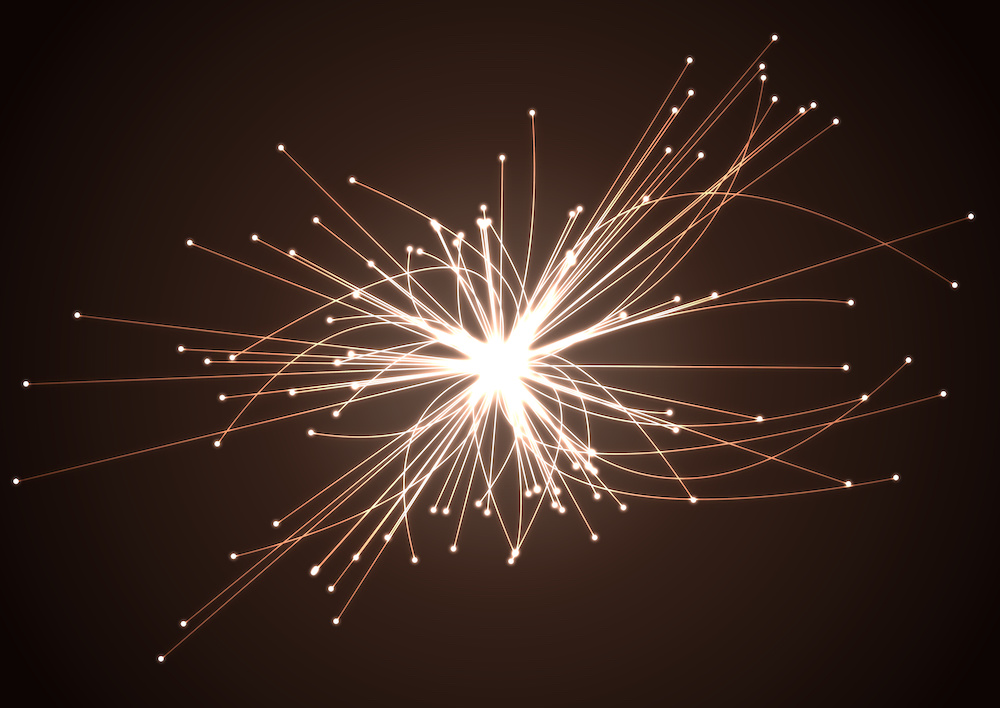Please, don’t build another Large Hadron Collider

Here’s some inside baseball about physics research. High energy theory was a field with vast accomplishments across the 20th century and its success was propelled by a series of physics geniuses who won support and funding for a seven-decade succession of particle colliders. These colliders smashed matter together and discovered particle after particle streaming out of the explosions. The geniuses built the Standard Model to explain the particles. The Large Hadron Collider (LHC), located in Switzerland, was the capstone of their era, finding the last required particle — the Higgs boson — to complete the model.
Today, those geniuses are nearly all gone and their successors are bogged down in various forms of mathematical supersymmetry. You’ve heard of some of its ideas: string theory, M-theory, D-branes, and so forth. It’s all fun to read about. But the problem is that it doesn’t explain anything. High energy theory has become highly academic and mathematical. Einstein postulated four-dimensional spacetime because he needed four dimensions to make sense of the world as we see it. String theory requires 11 dimensions — or maybe 10, or 12, or 26. Maybe some are chttps://bigthink.com/https://bigthink.com/https://bigthink.com/https://bigthink.com/https://bigthink.com/https://bigthink.com/https://bigthink.com/https://bigthink.com/https://bigthink.com/https://bigthink.com/urled up. Why? Because neat things happen in abstract math, apparently.
Supersymmetry is not a tight and efficient theory, welded together to explain observations. It’s a convoluted mess of mathematical models that could potentially explain anything, or nothing at all. Sabine Hossenfelder, a theoretical physicist who has worked in the field, gives an excellent review of the situation. She doesn’t pull punches. A giant particle collider cannot truly test supersymmetry, which can evolve to fit nearly anything.
This brings us to the LHC, and its hypothetical successor, call it LHC++. The LHC found the Higgs. However, it has had nothing to say about supersymmetry or string theory. Sabine points out that no LHC result could ever rule out supersymmetry. What’s worse, the LHC++ could not rule it out either. The only hope for an enormous new collider would be to happen upon a new and unexpected particle.

It’s not a terrible idea, in a vacuum. Science occasionally progresses when scientists stumble across some entirely new and unexpected phenomena. Ethan Siegel makes the case for building LHC++ for this reason. He believes that arguments against it are disingenuous, or made in bad faith. However, he’s wrong on this one. Economic and scientific sense argue for a different approach.
A significantly more powerful LHC++ will cost tens of billions of dollars. It’s entirely possible that the price could swell to $100 billion. Spending that much money on a machine to take shots in the dark is a mistake. When you don’t have much to go on, and limited resources, it’s better to aim at problems that you know are out there. Those things will lead you to new discoveries. The revolutionary success of 20th-century physics was kicked off in just this way.
Many leading scientists of the late 1800s speculated that physics was nearly finished. There remained only a few mysteries. Two of these known mysteries were the nature of blackbody radiation and the constant speed of light. Both phenomena were studied and measured, but could not be explained. Einstein and others focused on finding solutions to these outstanding problems. The answers lead directly to the development of quantum mechanics and relativity: two of the cornerstone theories of modern physics.
There are many known problems in physics right now. $100 billion could fund (quite literally) 100,000 smaller physics experiments. There may not be enough physics labs on Earth to carry out that many experiments! Ethan points out that we push frontiers such as trillionths-of-a-degree temperatures in new experiments. That’s a great pursuit: It can be done by a handful of researchers, using just a tiny fraction of the funding freed up by not building LHC++. Some of the 100,000 experiments could look for possible physics beyond the Standard Model in clever ways that don’t require the annual GDP of a small nation.
Conversely, that $100 billion could be lumped together and spent on one giant project to solve a known real-world problem. Perhaps we should send the money and associated technical talent to solve fusion energy. ITER, the world’s most promising fusion machine, is a colossal (and over-budget) experiment. And still, $100 billion could fund somewhere between one and five more ITERs. Or, it could power hundreds of alternative efforts to create practical fusion energy.
The money and brainpower that would go into a bigger LHC could be much better used to chase one, a few, or many known scientific and practical problems in the world. Along the way, new and unknown physics would certainly turn up, as it always does when you attack previously unsolvable problems. The only good argument for the LHC++ might be employment for smart people. And for string theorists. It just doesn’t add up.




